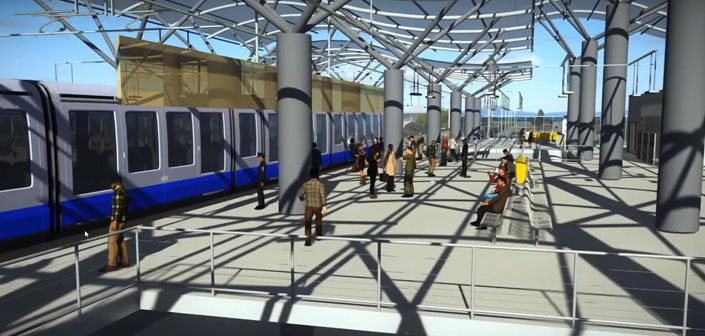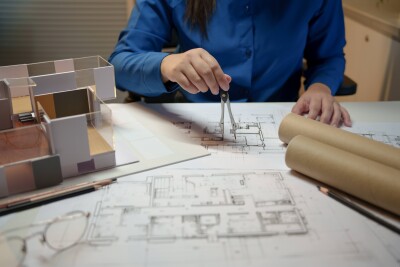Bentley Systems recently released two new additions to its Open Modeling Environment, which allows users to share digital assets through the Components Center to streamline and automate design collaboration between architectural, mechanical, electrical, and structural disciplines sharing modeling, clash resolution, and documentation capabilities.
Designed for civil site and land development workflows across conceptual, preliminary, as well as detailed design phases, Bentley’s OpenSite Designer will help to accelerate site engineers’ transition to the digital age, exchanging the traditional 2D plans for a 3D modeling environment.
By using OpenSite Designer, users can create 3D models containing contextual information collected through point clouds, reality meshes, GIS, and other sources, including site information, terrain data, parking lots, building pads, driveways, sidewalks, parcel layout, related site features”. By working alongside Bentley’s geotechnical software solutions, PLAXIS and SoilVision, these models can also contain information about “active properties of soil including bearing capacity, stresses, and displacement”.
Michael Semeraro, Jr., PE, PP, managing principal, EVP, Langan International, said, “Langan is always looking for opportunities to differentiate ourselves from competitors with technical excellence and expertise. We have depended on SITEOPS for site optimization, earthwork analysis, and cost identification in our planning phase. We now look forward to using OpenSite Designer to also produce our detailed designs and documentation.”
Additionally, Bentley also released a new application, OpenBuildings Station Designer, for the “design, analysis, visualization, and simulation of new or operating rail, metro or other transit stations”. Moreover, Station Designer includes Bentley’s LEGION, a simulation and modeling software to simulate and analyze the foot traffic on infrastructure assets, such as rail and metro stations, stadiums, shopping malls, and airports.
“OpenBuildings Station Designer reflects our goal of advancing BIM through digital twins, by including within its multi-discipline design scope the integral simulation of pedestrian traffic outcomes,” said Santanu Das, SVP for Bentley’s design integration business unit. “With such insight, the designer can anticipate pedestrian bottlenecks and modify the layout to improve the station efficiency and safety, ultimately improving the passenger experience. Accordingly, we expect OpenBuildings Station Designer to also benefit existing rail and transit stations for renovations and upgrades, increasing their capacity and throughput.”






